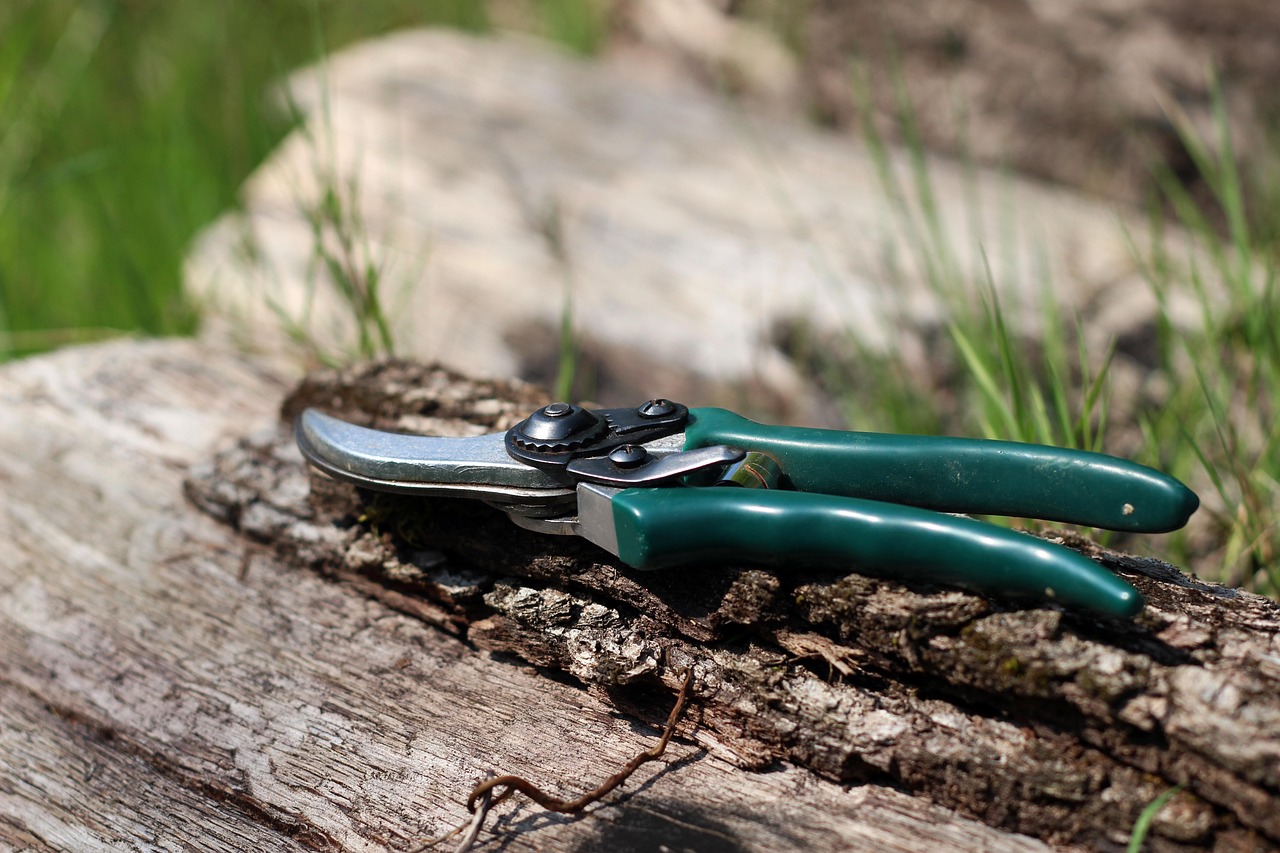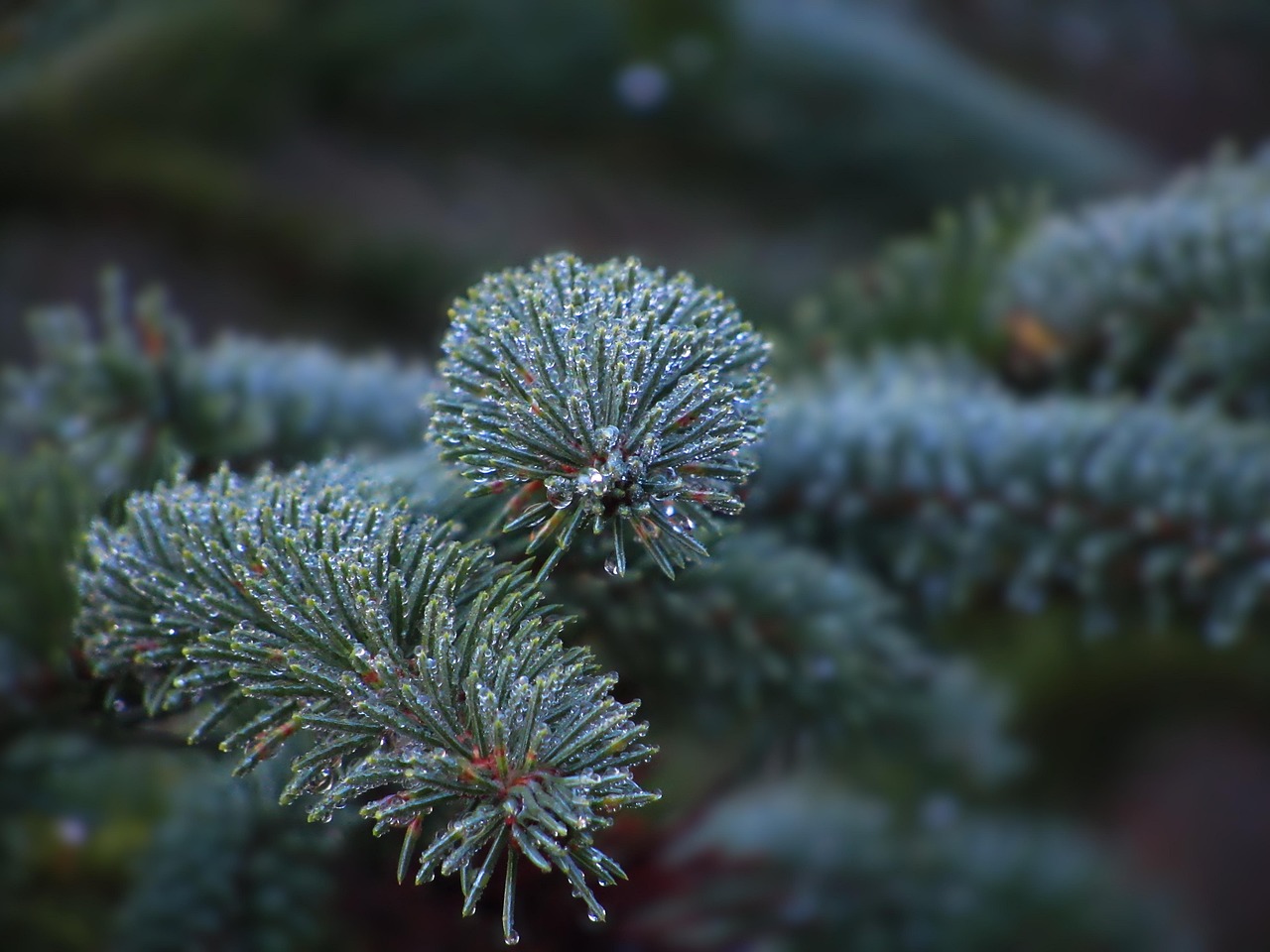Proper pruning is essential for maintaining a dense, healthy Blue Spruce. Focus on removing dead or diseased branches, thinning overcrowded areas, and shaping the tree during late winter or early spring. Using sharp tools, pruning gradually, and providing post-care strengthen growth and preserve the tree’s natural pyramidal form.
Growing up in North America, I’ve always loved the striking blue-gray needles of the Picea pungens. I remember planting my first Blue Spruce in the garden and watching it grow up to 75 feet tall over the years—though I definitely learned the hard way that proper pruning is essential to keep it looking its best. They thrive in full sun and well-drained soil, which I always ensured when planting. I’ve learned that if you neglect pruning, the tree can become sparse or uneven, which takes away from its natural pyramidal charm.
One thing I always do before diving into pruning is to understand the tree’s natural growth habits—so I look at how the lower branches tend to grow longer than the upper ones. When I prune, I keep in mind that this distinctive shape can be preserved or enhanced if I remove overcrowded or crossing branches carefully. I’ve discovered that late winter or early spring is the perfect time to prune, just before the new growth kicks in. I avoid pruning during late summer or fall because I’ve seen that it can stimulate unwanted new growth that doesn’t have enough time to harden before winter.

One tip I always keep in mind is to check the health of the tree first. If I spot signs of disease or pests, I prioritize removing those damaged branches to prevent further issues. I’ve learned to assess each branch’s condition carefully—sometimes I find weak, thin, or dying limbs that need to go. I also avoid ‘topping’ the tree or cutting the top indiscriminately because I’ve seen how this weakens the overall structure and creates an unbalanced look. Instead, I focus on selective thinning and shaping to keep it natural.
How I Keep My Blue Spruce Dense and Beautiful
In my experience, the goal is to encourage a fuller, denser appearance. I start by removing any dead, diseased, or damaged branches—these are low-hanging fruit for promoting healthy growth. Then, I thin out some of the inner branches, especially those overcrowded or crossing, to improve airflow and let more sunlight reach the lower parts. Honestly, good airflow has been amazing for reducing fungal risks. I’ve noticed that when I do this consistently, the tree develops a lush, even canopy that’s both healthy and aesthetically pleasing.
I always shape the tree gently, maintaining its natural pyramidal form. I personally avoid drastic cuts, especially on the upper parts, because I want to preserve that classic look. Remember, never cut the top trunk unless you’re trained or experienced—trust me, it can backfire and weaken the whole tree.

Pro-Tips: Lessons from My Personal Experience
When I first started pruning my Blue Spruce, I made the mistake of over-pruning in one session, which stressed the tree unnecessarily. Now, I always take my time and prune gradually over a few visits if needed. It’s better to remove a little at a time than to cut too much all at once.
I learned early on that dull tools are my enemy. Dull scissors or saws crush branches, creating jagged cuts that take longer to heal and can invite disease. Sharpening my tools before each pruning session has been a game-changer for healthy cuts.
In my experience, pruning during the wrong season can cause problems. I used to prune in late fall, only to find new growth get damaged by winter. Now, I only prune in late winter or early spring—just before the new growth begins—giving the tree the best chance to heal and develop properly.
One thing I wish I knew sooner is to always examine the overall health of the tree before pruning. If I spot signs of pests or disease, I prioritize dealing with those issues first, which helps prevent bigger problems down the line.
When I started shaping my Blue Spruce, I was tempted to cut the top to make it look more symmetrical. I learned the hard way that cutting the top indiscriminately weakens the tree’s structure. Instead, I focus on selective thinning and preserving the natural shape.
I used to underestimate the importance of airflow within the canopy. Thinning overcrowded branches not only improves the tree’s appearance but also significantly reduces fungal risks. Regularly checking and maintaining good airflow has kept my trees healthier and more resilient.
Lastly, I found that post-pruning care makes all the difference. Deep watering, applying the right fertilizer, and keeping an eye out for pests have helped my Blue Spruces recover quickly and maintain their dense, vibrant appearance.
My Tool Bag for Pruning
I’ve learned the hard way that having the right tools makes all the difference. I always keep a pair of high-quality bypass pruners handy for the small branches—up to about ¾ inch thick. For thicker limbs, I rely on loppers, and for really big, stubborn branches, I grab my pruning saw. Never underestimate the importance of wearing gloves; those needles can be prickly, and I’ve cut myself before! When I work on tall trees, I always use a sturdy ladder to reach higher branches safely. Dull tools are a mistake I’ve made in the past—clean cuts are healthier for the tree, so I always sharpen my tools before starting.
Step-by-Step: How I Prune for Dense Growth
I approach pruning methodically. First, I assess the tree, looking for any sparse or dead branches. I always focus on removing those first to improve overall health. When thinning the crown, I remove some inner branches that are overcrowded but be careful not to overdo it—I always aim for a balanced look that maintains the tree’s natural shape. While shaping, I pay attention to the length of lower versus upper branches, making sure the tree doesn’t look lopsided. A crucial rule I follow is to avoid cutting at the branch collar—clean cuts just above where the branch joins the trunk or a larger branch.
- Assess: Examine the tree for sparse or dead branches.
- Remove: Cut out dead, diseased, or damaged limbs first.
- Thinning: Lightly remove inner, overcrowded branches to boost air circulation.
- Shape: Maintain a natural, pyramidal form without over-pruning.
- Never Topping: Always avoid cutting the top of the tree indiscriminately—trust me, it’s tempting but harmful.
Avoid These Mistakes—Learn from My Experience
Over the years, I’ve learned that mistakes can be costly. For example, I once pruned too late in the season, and I ended up with new growth that got damaged in winter storms. I always remind myself to prune gradually—removing too much at once stresses the tree. I also learned to watch for signs of disease or pests, like discolored needles or small holes in the bark. Improper cuts—like leaving stubs or making flush cuts—are a big no-no. Dull tools can crush branches instead of cleanly slicing them, so I keep mine sharp.
Timing Is Everything
In my experience, timing your pruning is vital. I always aim for late winter or early spring—this is when the tree is most receptive and before any flush of new growth. I keep an eye out for signs that it’s time to prune, like dead branches or pest activity. For young trees, I find giving a light prune in spring helps shape the structure. During summer, I maintain vigilance—pinching back new growth encourages bushiness, especially during the hottest months when growth tends to slow down.

Post-Pruning Care: My Routine
Once I finish pruning, I never forget that proper care helps the tree recover and flourish. I always water deeply, especially if I prune during dry spells. Deep watering encourages strong roots, but I watch for overwatering—so good drainage is essential. I also apply a balanced, slow-release fertilizer in early spring to give the tree a nutritional boost. Regular inspections are vital—I check for pests like aphids or bark beetles and signs of disease. If I notice any issues, I act quickly to prevent problems from spreading.
Environmental Factors I Keep in Mind
In my experience, respecting the environment is key. Blue Spruce thrives in well-drained, nutrient-rich soil, with full sun exposure—so I ensure they aren’t overshadowed by other plants. Proper watering during droughts and protecting young trees from harsh winter winds with mulch or windbreaks can really make a difference. I’ve seen how a healthy environment allows for denser, more vigorous growth, making all my pruning efforts worthwhile.
Brief Tips from My Years of Experience
- I always prune in late winter or early spring, before new growth starts.
- Remove dead or diseased branches first—these are non-negotiable.
- Use sharp tools for clean cuts—dull blades injure the tree.
- Don’t over-prune—less is more to avoid shocking the tree.
- Be gentle with shaping, preserving the natural pyramidal form.
- Monitor for pests and diseases regularly—early detection saves trouble later.
- Ensure proper watering and fertilizing post-pruning for healthy recovery.
Being attentive to your Blue Spruce’s needs, combined with patience and care, can turn a good-looking tree into a dense, stunning centerpiece. I always remind myself that with consistent effort and knowledge, my trees not only survive—they thrive.
